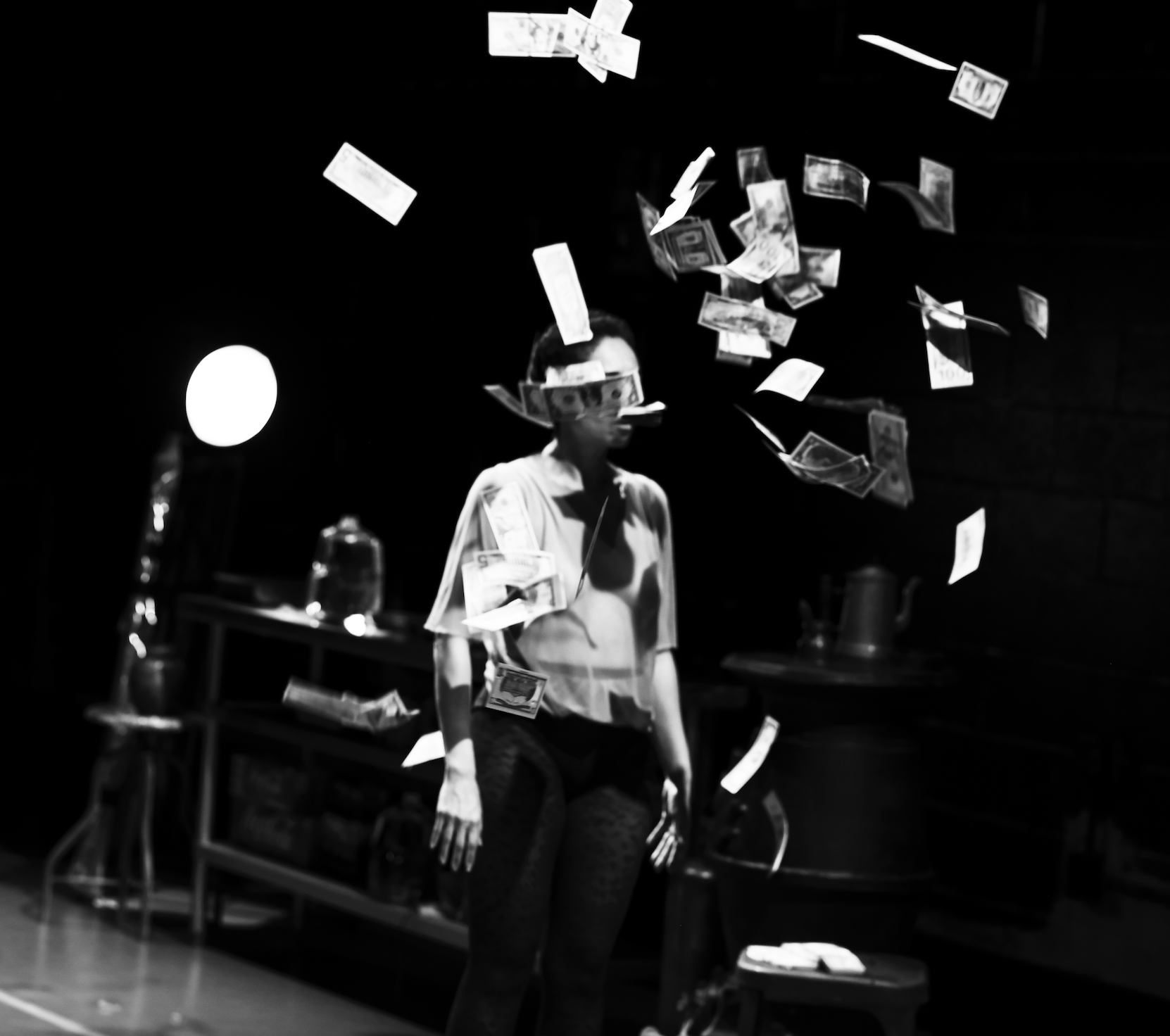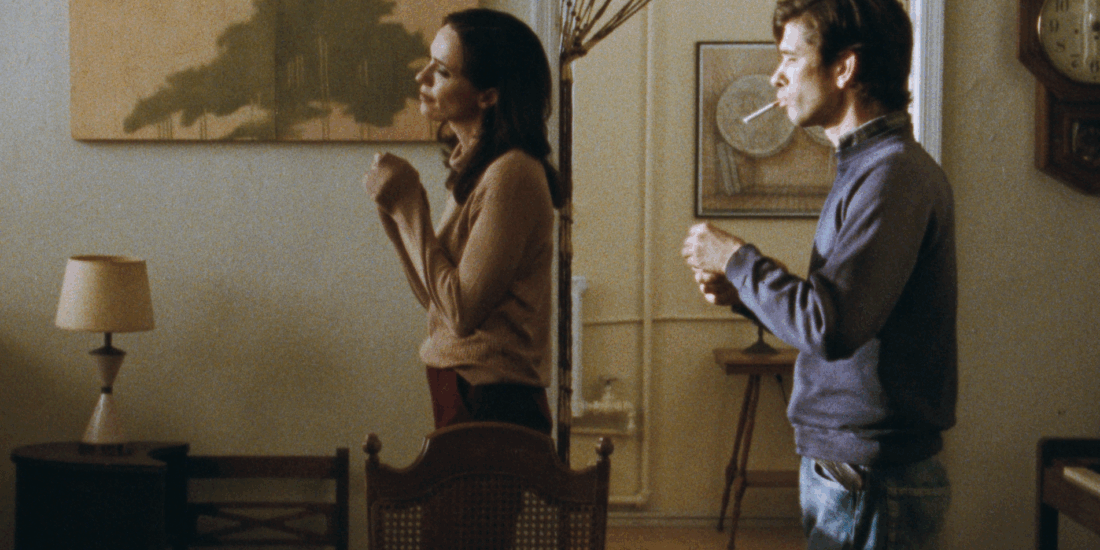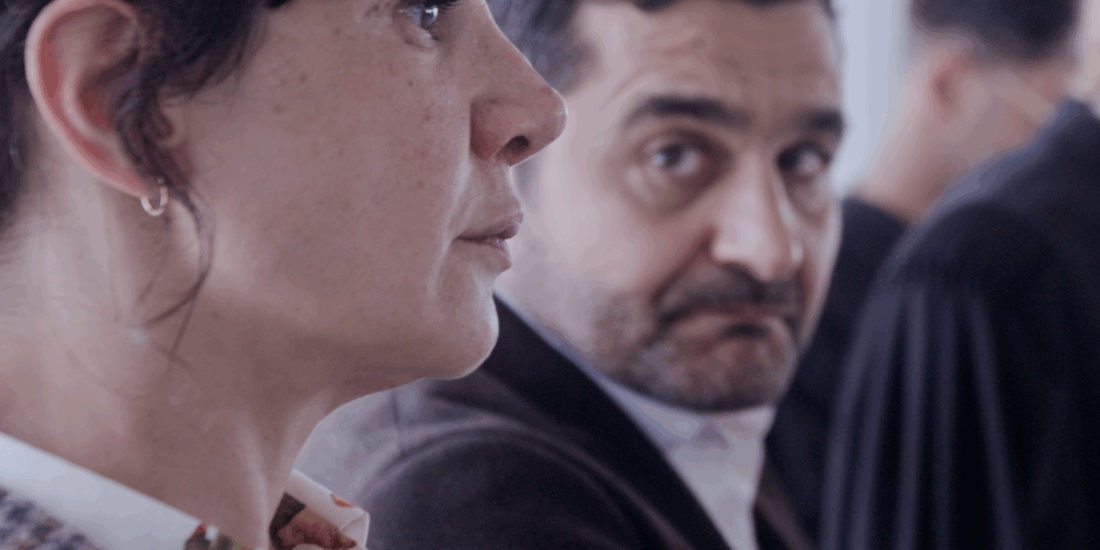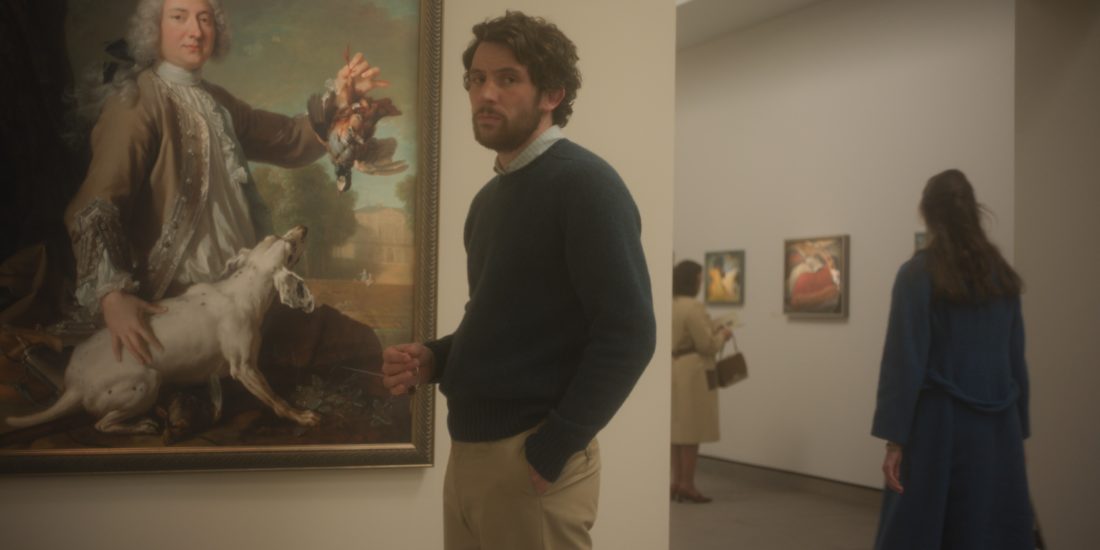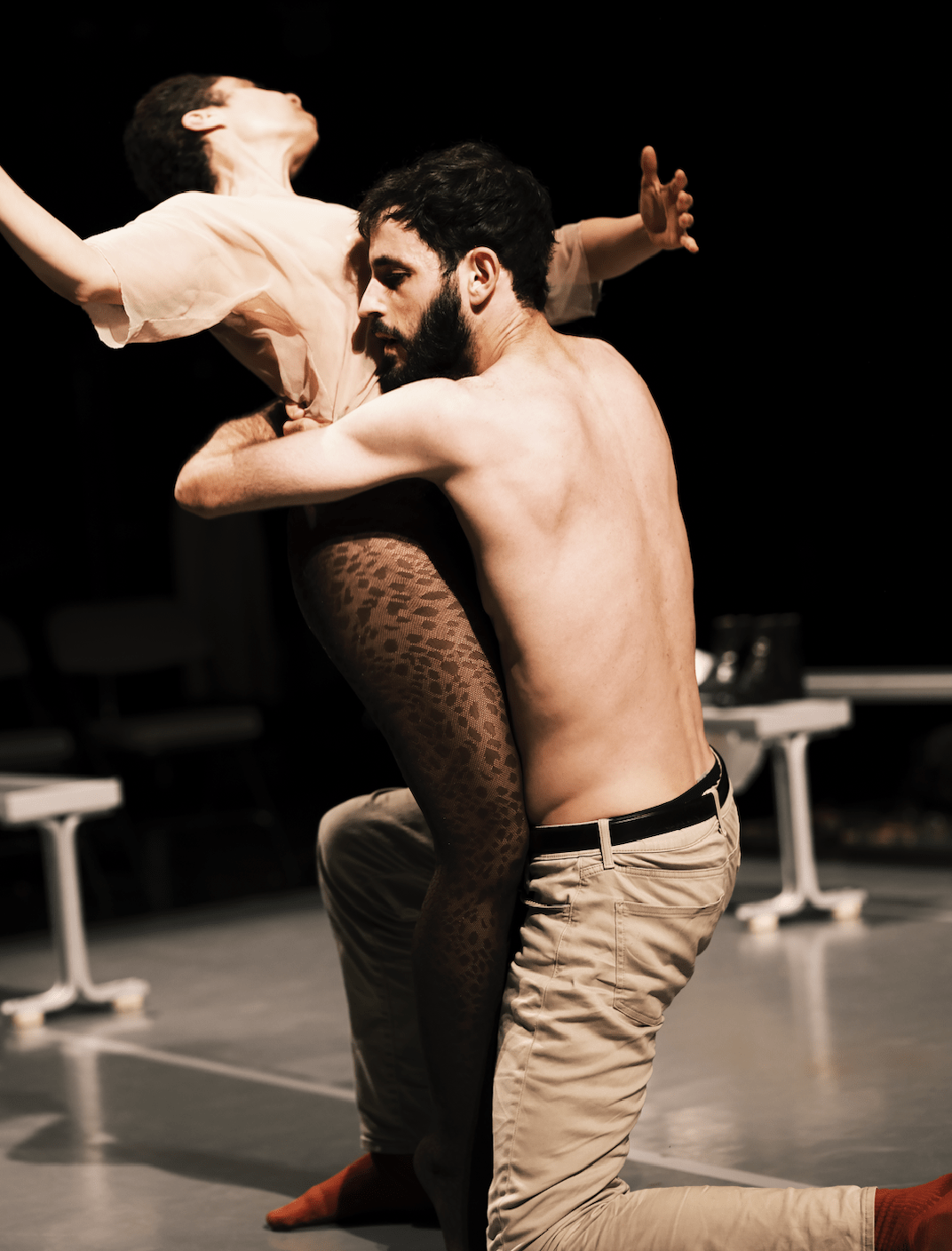

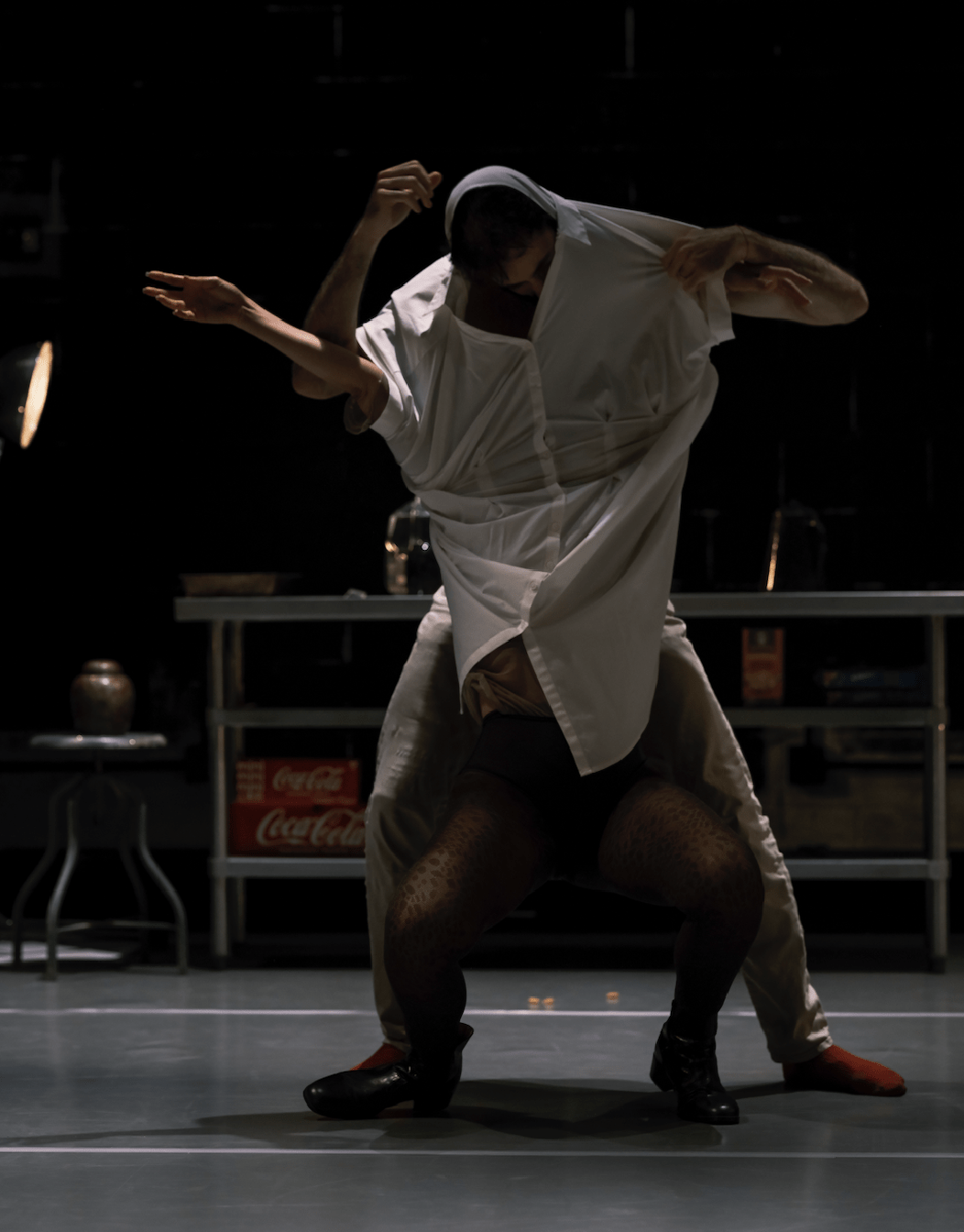
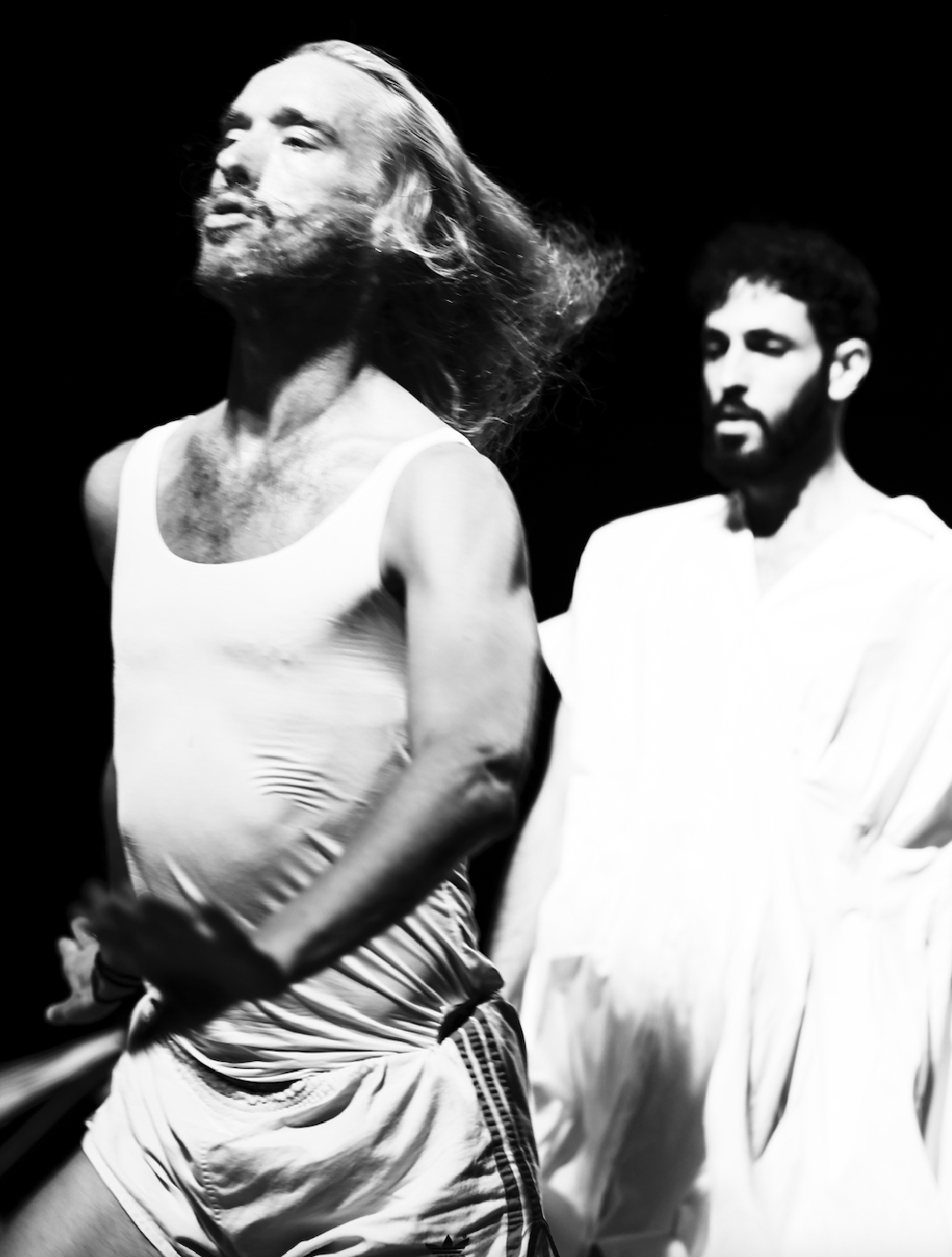
DANIELLE AGAMI / ATE9
SOON AFTER
World Premiere — August 29 and 30, 2025 — Kirk Douglas Theatre
The globular cosmos has become unrolled, it stretches, an undulating expanse, ingrained time, on which events of transfiguration transpire at diverse locations, little flickering flames on a plain, but each a real person living out a whole life (in the ever repeated gestures of his obsession). — Stefan Brecht*
The sentence from Brecht’s review of a 1960s Charles Ludlam / Bill Vehr play—quoted above—satisfies a critical imperative to instruct through description, erasing the difference between evocation and inspiration, and providing an uncanny set of antecedents by which to think about Danielle Agami’s astonishing new dance/performance art work Soon After. Described by Agami—the founder and director of ate9, now based in Paris—as “a kid, a mother, a wife, a husband, and an angel [arriving] on a new planet,” there was nothing particularly barren or extraterrestrial about the haphazard Soon After set that greeted the audience in Culver City for the work’s world premiere over the weekend.
Danced by Agami and a new iteration of ate9 made up of three male Batsheva veterans, Soon After unfolds with a magnetic camp extravagance that decentralizes our focus as it grows into a spectacle of happening—indeed embracing key elements of that quintessential 1960s art form: the over-cluttered mise en scène full of props to manipulate, the nonexistent relationship to standard narrative practices, the gentle audience coercion. (Near the beginning, several front row patrons were led to seating in the left and right wings for “private dances.”) Propelled by an exceptional score written and performed by Yuka Honda, hippie priest turned hyperactive gym twink Billy Barry interacts with the even more animated Gianni Notarnicola, while Agami enacts cycles of rebirth or crawls across the floor, head inside a designer handbag, rooting out dollar bills with her teeth. Providing a comparatively sober counterpart to all activity around him, father-figure Omri Drumlevich navigates the slapstick exertions of his family with measured enthusiasm.
What does it all mean? Despite its Warhol Factory ambiance and occasional scenes of startling disquietude, this is not a nostalgia trip or end-of-times indulgence but rather a continuous enterprise of process, rebellion, and joy—a celebration of togetherness. Approaching the scale of works as diverse as William Forsythe’s Quintett and Jacob Jonas’s In a Room on Broad St., Agami’s Soon After is a 45-minute act of generosity from an artist at the height of her powers. — Barlo Perry
Soon After was part of FOG, a double bill with Grip, by Jacob Jonas the Company.
See: ladancechronicle.com/ate9-and-jacob-jonas-the-company
*Stefan Brecht on Turds in Hell (1969), a play by Charles Ludlam and Bill Vehr, in Queer Theatre (New York: Methuen, 1986), 80.
Also consulted: Douglas Crimp, “Addendum: Mother Camp,” in “Our Kind of Movie”: The Films of Andy Warhol (Cambridge, MA: MIT Press); and Susan Sontag, “Happenings: An Art of Radical Juxtaposition” (1965), in Essays of the 1960s & 70s (New York: Library of America, 2013).
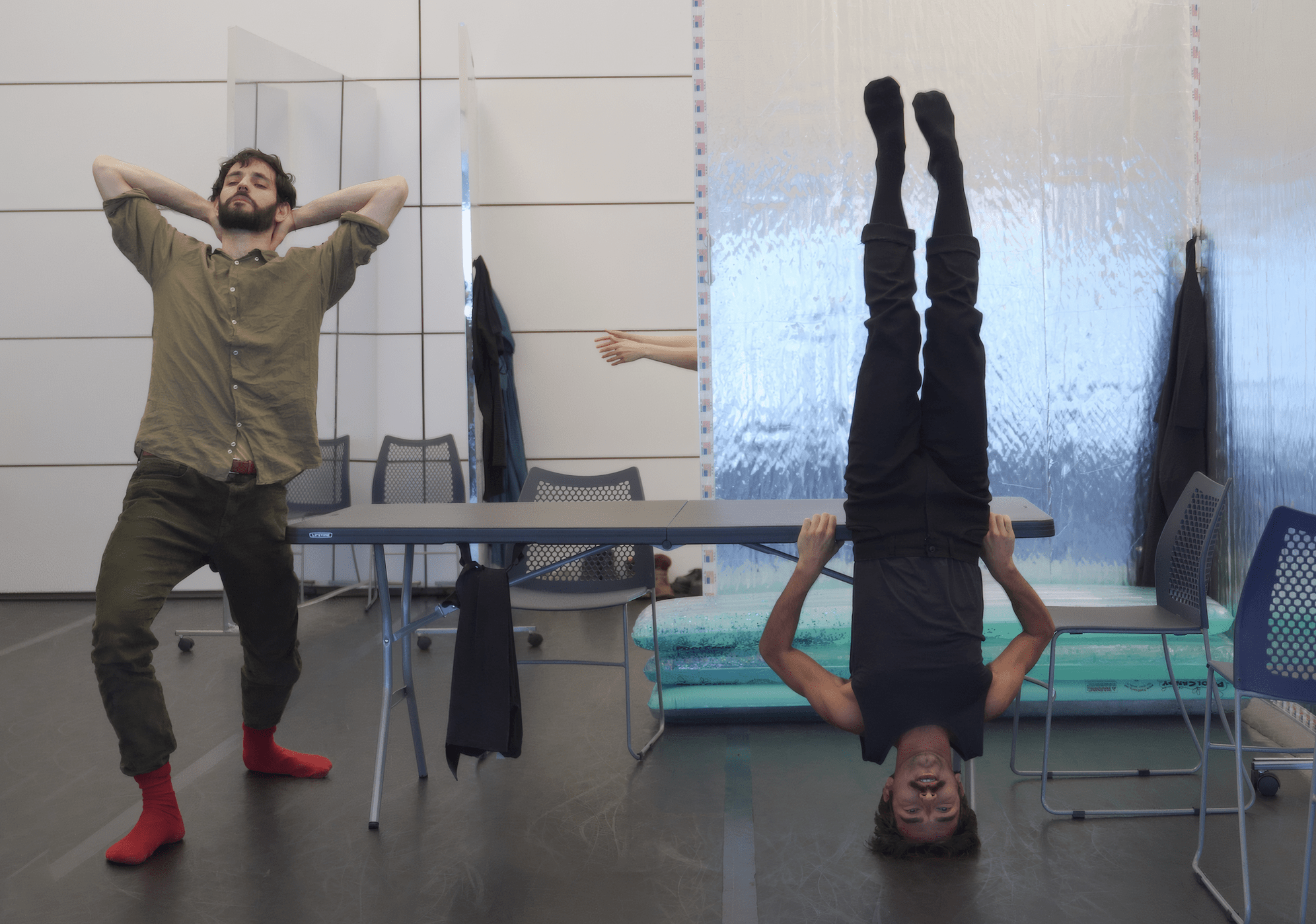
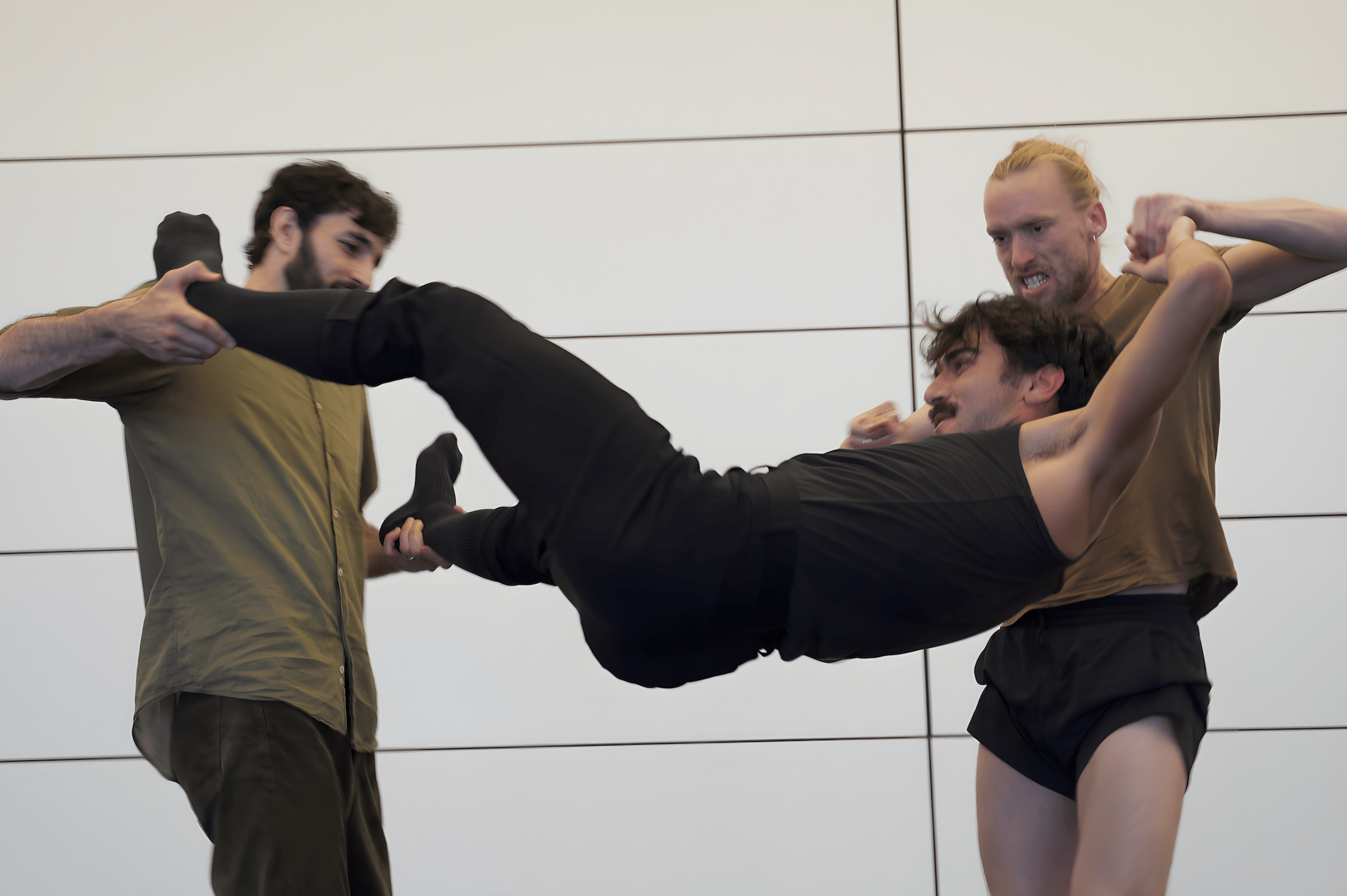
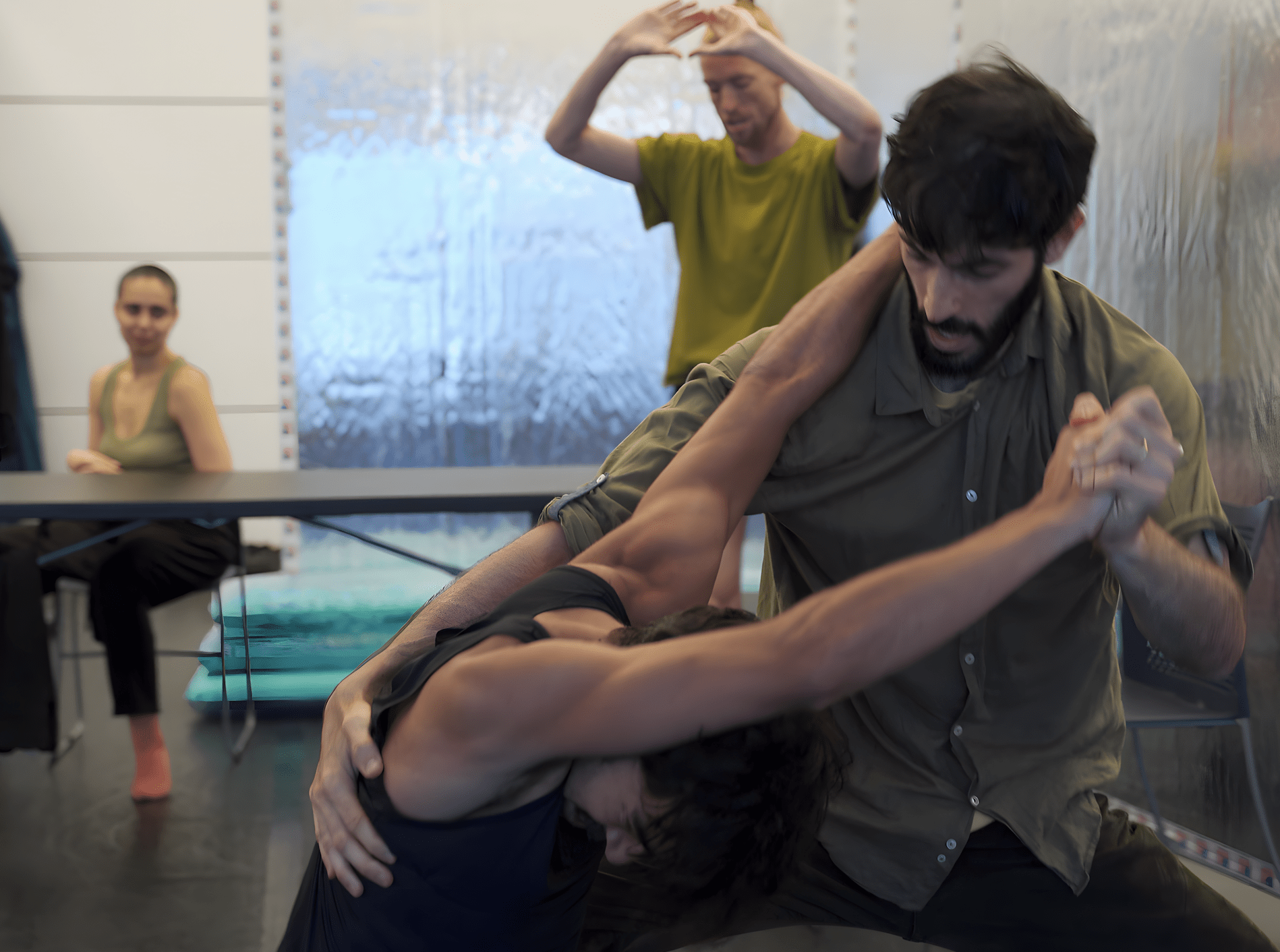
Danielle Agami and ate9, Soon After (2025), from top —
Performance photos by Jobel Medina: Danielle Agami; Agami and Omri Drumlevich; Gianni Notarnicola; Agami and Drumlevich; Billy Barry and Drumlevich.
Rehearsal photos by Victoria Sendra: Drumlevich and Notarnicola; Drumlevich, Notarnicola, and Barry; Agami and Barry (background), Notarnicola and Drumlevich (foreground).

